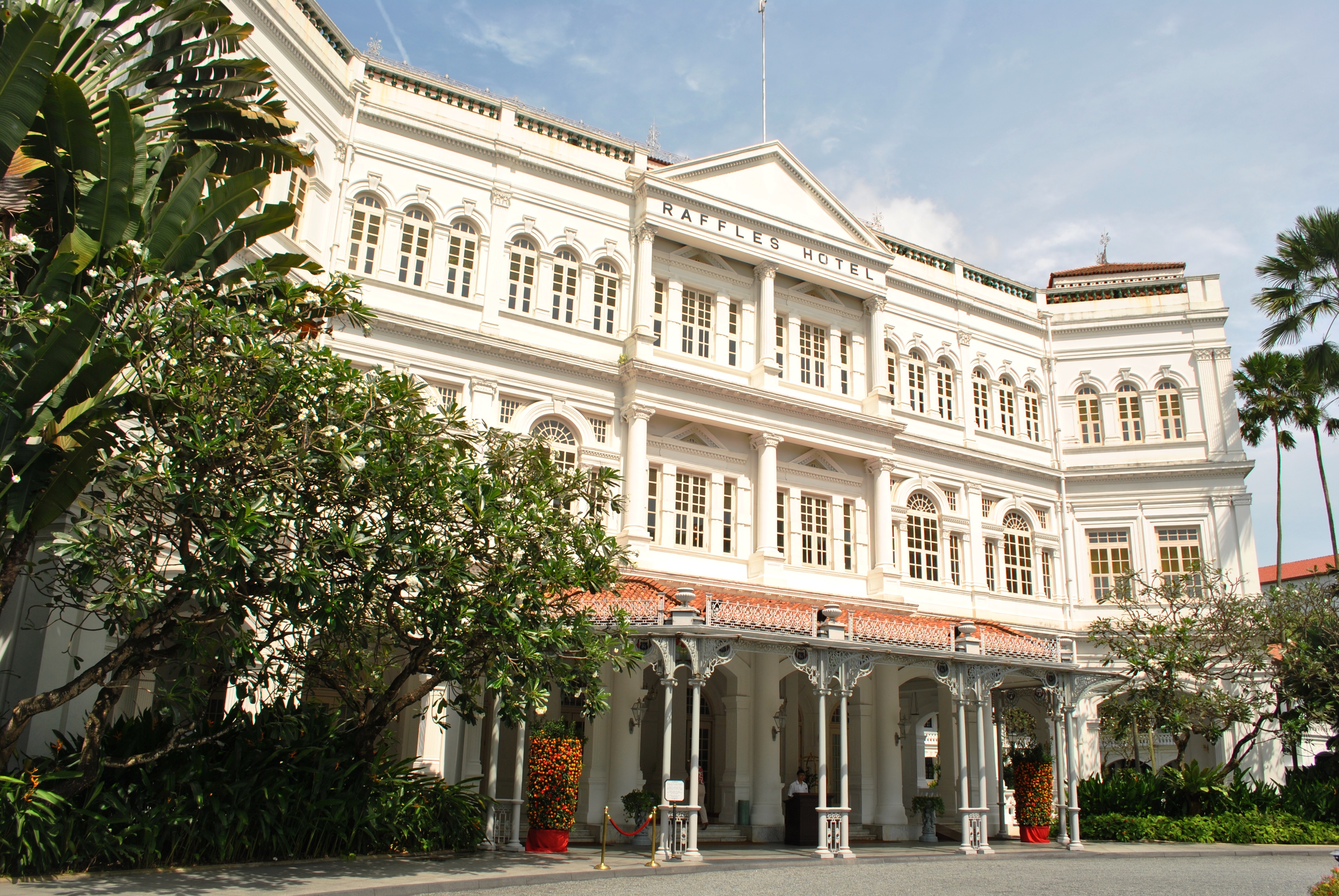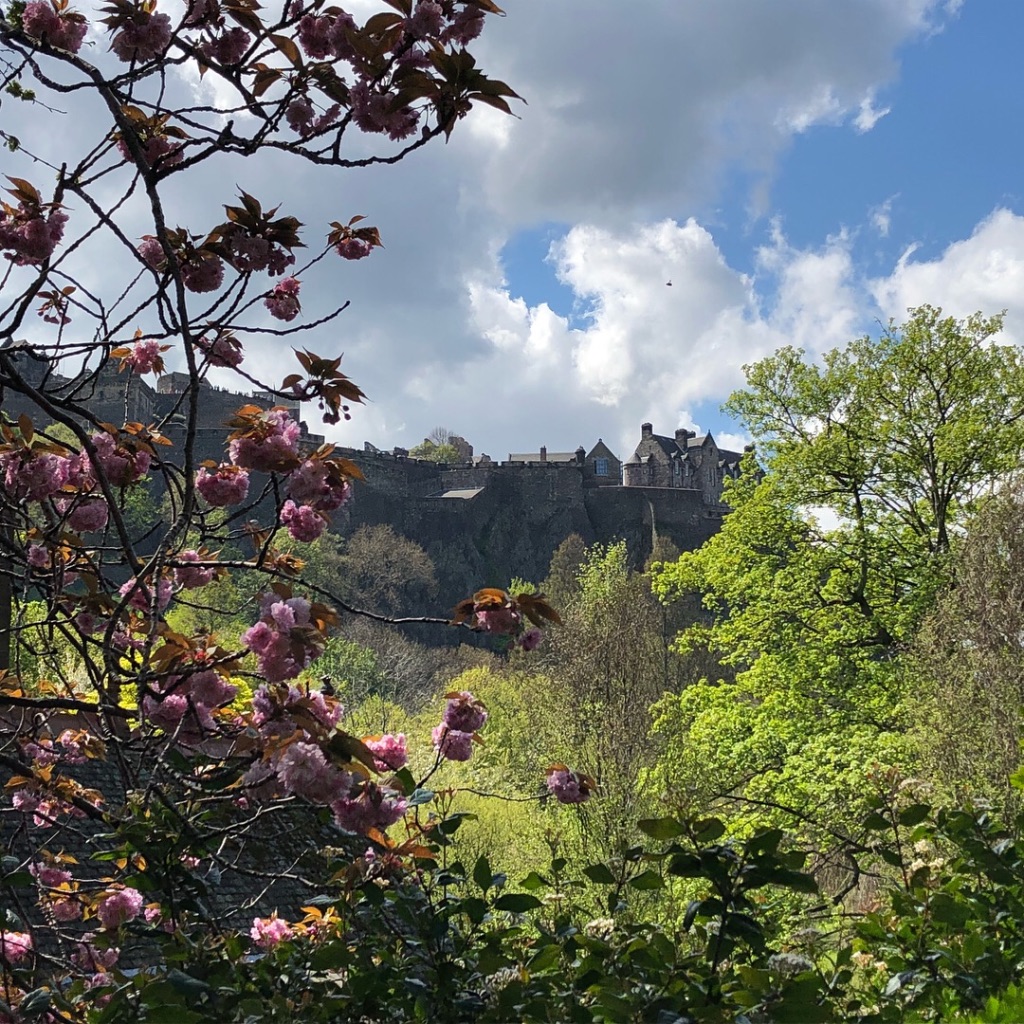Published on February 1, 2015 in the Singapore American Newspaper:
If you’re homesick for the gritty vibrancy of New York City or just looking to spend a weekend somewhere other than a tropical beach, Hong Kong is the perfect whirlwind. Grungy, chaotic, and built amid a range of tall hills, Hong Kong seems to be opposite in personality from manicured, flat Singapore. And while you’ll never be able to see or do it all in a single weekend, the following itinerary will give you a taste of the buffet of experiences Hong Kong has to offer.

Friday Evening
Getting from the airport to the city is a piece of cake. Purchase the Airport Express Travel Pass, an Octopus card that holds one-way or roundtrip airport-to-city trips plus three consecutive days of unlimited travel on MTR. You can ride the brisk Airport Express straight to Central.
If you arrive before 10:00pm, head to Tsui Hang Village restaurant (New World Tower, 16-18 Queen’s Road) for Hong Kong’s most delicious tradition: dim sum. Like many of the city’s hidden gems, Tsui Hang Village is tucked away on the second floor of an innocuous office building. Their dim sum menu isn’t as extensive as one would hope, but the quality of their barbecue pork buns, tofu pudding and hand-torn chicken make up for it.
Drop your luggage off at your hotel and change into something swanky before taking a cab to the International Commerce Centre (the ICC building), which houses the Ritz-Carlton Hong Kong. On the 118th floor, you’ll find the ultra-modern Ozone Bar, the highest bar in the world. Cocktails aren’t cheap but the view of Victoria Harbor at night is nothing short of breathtaking.
Saturday
Eminently walkable yet also stocked with reliable public transport, Hong Kong was built to be explored. Take the MTR to Diamond Hill Station in Kowloon and follow the signs to Nan Lian Garden, a Chinese classical garden designed in the style of the Tang Dynasty. While the popular Wong Tai Sin Temple is an easy walk away and worth a visit, I found the nearby Chi Lin Nunnery to not only be quieter but more fascinating. Founded in 1934, this Buddhist monastery’s interlocking wooden architecture is the only of its kind in Hong Kong.
Then it’s on to the Yuen Po Street Bird Garden. You could take the MTR to Prince Edward Station, but I found it more fun to meander through Kowloon’s bustling suburbs, which allowed me to stroll through the charming Kowloon Walled City Park and to snag a snack in the food district. “Bird Garden” is bit of a misnomer – it’s actually a miniature market tucked onto a raised walkway enveloped in lush greenery. And even if you’re not looking to take home a sparrow or cockatiel, the towers and aisles of twittering cages are mesmerizing.
After all that exploring, it’s time for a luxurious interlude. Take the MTR down to Tsim Sha Tsui and indulge in Afternoon Tea in the lobby of the oldest hotel in Hong Kong, The Peninsula. When you’ve finishing savoring the delicate pastries and elegant architecture, the Hong Kong Museum of Art is just a short walk away. Finish your time on Kowloon by wandering along the famous waterfront Tsim Sha Tsui Promenade.
Take the last Star Ferry from Tsim Sha Tsui to Central, soaking in the view of the skyline on the way, before heading to the raucous Lan Kwai Fong area, a cluster of bars and restaurants where you can grab a bite and party until all hours.

Flagstaff House Museum of Tea Ware
Sunday
Linger over breakfast and coffee at one of the city’s many cafés before making your way to the Flagstaff House Museum of Tea Ware, which opens at 10:00am and is located inside Hong Kong Park. Originally built in 1844, the museum building was the office and residence of the Commander of British Forces in Hong Kong up until 1978. In addition to admiring the gorgeous building, you’ll learn about the history of tea drinking in China and the gentle art of creating clay teapots.
Next to the Museum of Tea Ware is the K.S. Lo Gallery, which houses ceramics dating from the Song dynasty (960–1279 AD) to the Ming dynasty (1368–1644AD). For a real treat, settle into the Chinese Teahouse on the ground floor for traditional tea snacks and tea prepared the old-fashioned way. From the park, it’s a quick walk
to the famous Peak Tram, a Victorian-era train that hauls visitors up to the highest peak on Hong Kong Island. If the weather is clear, the views are well worth the crowds and the ticket price.
After descending, wander towards Hollywood Road and en route be sure to ride the Central-Mid-Levels Escalators (the longest outdoor covered escalator system in the world). Hollywood Road and its many side streets are chock full of antique shops, boutique clothing stores, artisanal coffee shops, and chic wine bars. Spend the afternoon getting lost and finding one-of-a-kind souvenirs to take home..












